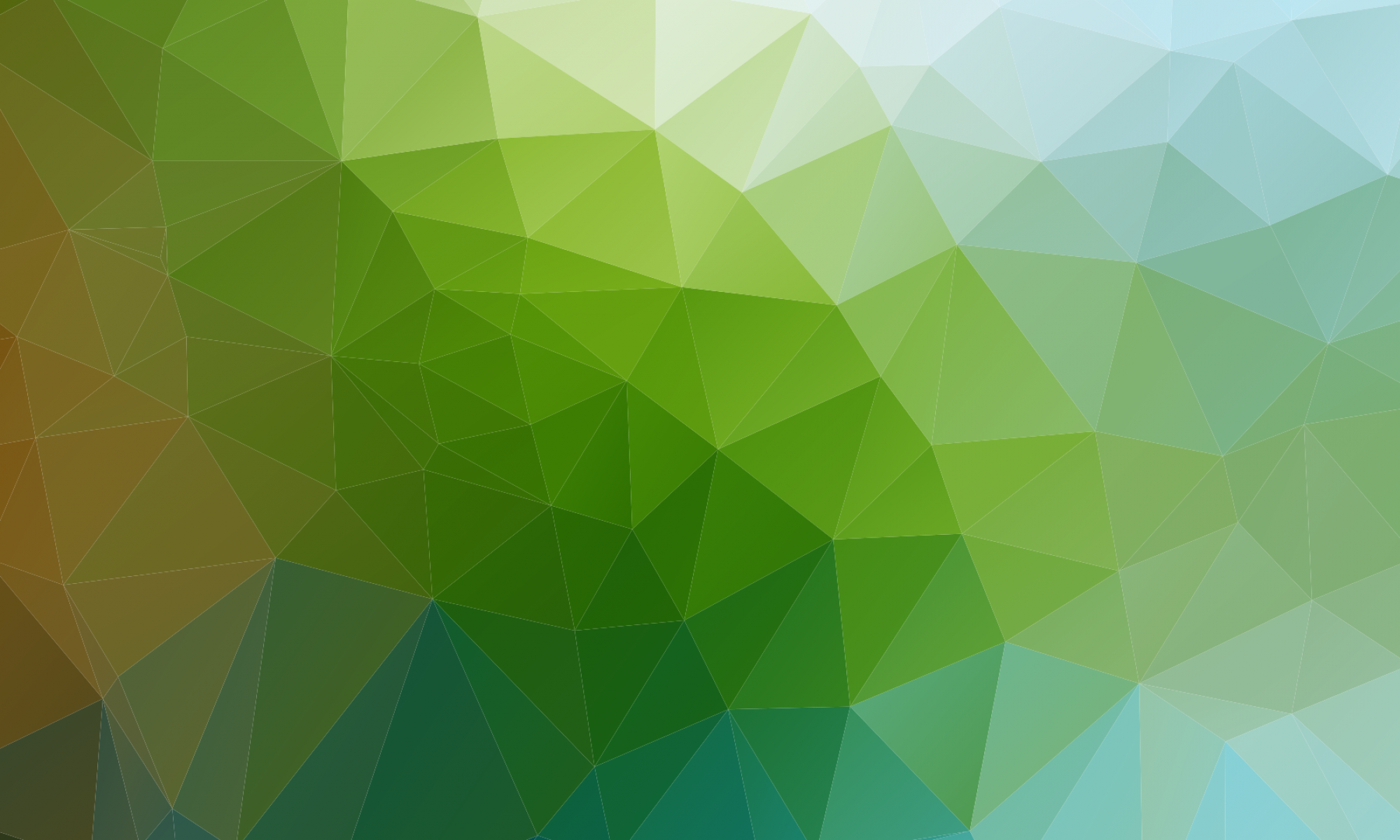 Like most, I must admit that I am on my phone(s) too much. I’m one of those people that is the first on their cellphone when I step into an elevator or am waiting in line for lunch. My phone is chalked full of videos of my dog, texts from friends, and constantly buzzing emails and calendar events.
Like most, I must admit that I am on my phone(s) too much. I’m one of those people that is the first on their cellphone when I step into an elevator or am waiting in line for lunch. My phone is chalked full of videos of my dog, texts from friends, and constantly buzzing emails and calendar events.
Hence my New Year’s Resolution: to cut the cord. I didn’t want to continue to fill my empty moments with more screen time, but it was going to be hard to stop when pulling out my phone had become a practically programmed response.
It was then that I discovered “going grayscale.”
Grayscale is a mode on most smartphones that turns everything on your screen black, white and gray. This may seem like a little thing, but altering your phone from being an interface full of vibrant colors to one duller than everything in your surroundings takes away a lot of the temptation to flip to an app in a free moment.
I decided to try it out, and it worked. No longer as drawn to photos, apps, and other mobile distractions in their new state, I found myself much more present in interactions with strangers and aware of little things I was missing in my surroundings like a cute dog walking by or a lucky penny on the street. My phone is still a necessary part of coordinating my work and private life, but now, it is no longer the go-to use of my free time.
So if you are thinking you might like to try some separation from your cell phone, try switching to grayscale. Making your phone look as boring as the time you waste on it is makes it much easier to pass up.

